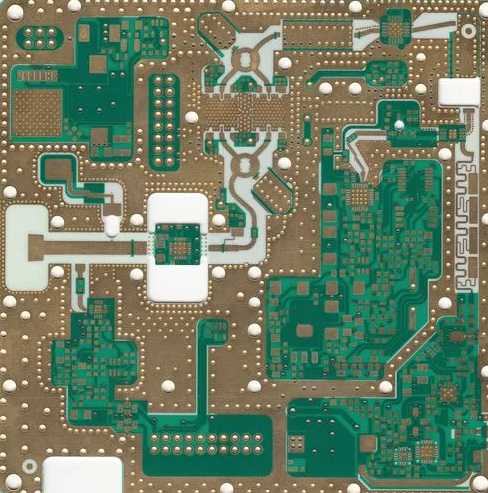Key Features and Benefits
Porous polyurethane foam 4701-60 provides the following key features and benefits:
Impact Protection
- Highly shock-absorbent open cell foam structure provides excellent impact absorption and cushioning.
- Protects sensitive equipment and components from damage due to impacts and shocks during use or transportation.
Noise Reduction
- Open cell foam structure effectively dampens vibration and absorbs sound energy.
- Provides excellent acoustic insulation and noise reduction for equipment and devices.
Weight Reduction
- Lightweight low-density foam reduces product weight compared to solid elastomers.
- Weights as low as 0.7 pounds per cubic foot are possible depending on formulation and density.
Design Flexibility
- Available in a range of densities, hardnesses, and cell structures.
- Can be molded into complex 3D shapes.
- Utilized as custom inserts and pads within devices and packaging.
Chemical Resistance
- Exhibits generally good resistance to many common solvents and oils.
- Suitable for applications requiring resistance to chemicals and fluids.
Typical Applications
Some typical applications for PORON 4701-60 polyurethane foam include:
- Cushioning for electronics, medical devices, and fragile components
- Shock and vibration dampening pads
- Noise control barriers and soundproofing
- Lightweight structural components and pads
- Athletic shoe midsoles and inserts
- Packaging inserts and dunnage
- Automotive cabin soundproofing
- Gaskets and seals
Material Specifications
PORON 4701-60 exhibits the following typical material properties:
| Property | Value |
|---|---|
| Density | 0.7 lb/ft3 |
| Hardness | 60 Asker C |
| Tensile Strength | 130 psi |
| Elongation | 60% |
| Compression Deflection | 3 psi @ 25% deflection |
| Compression Set | 8% @ 50% deflection, 22 hrs, 23C |
| Operating Temperature | -40C to 82C |
Production Methods

PORON 4701-60 is produced using an open cell polyurethane foam formulation. The main steps include:
- Liquid urethane and a blowing agent are mixed together under high pressure.
- The mixture is dispensed into a mold cavity or onto a moving substrate.
- Urethane polymerization occurs, resulting in gas bubble formation and foam expansion.
- The foam is cured and allowed to solidify into its final porous structure.
- Foam blocks are cut to size or directly molded into parts.
A range of densities can be achieved by adjusting the urethane formulation, additives, and processing parameters. The cell structure can be controlled to tailor properties like cushioning, sound absorption, and appearance.
Frequently Asked Questions
What are some key benefits of PORON 4701-60 foam?
Some key benefits are excellent impact absorption and vibration dampening, noise reduction, lightweight, design flexibility, and chemical resistance. It provides very effective cushioning and acoustic insulation.
What is the typical density range for PORON 4701-60?
The 4701 series has densities ranging from around 0.7 to 1.2 pounds per cubic foot. The 60 Asker C hardness level corresponds to about 0.7 lb/ft3 density.
What temperature resistance does PORON 4701-60 have?
It can withstand operating temperatures from -40°C up to 82°C for most formulations. Special versions can handle temperatures up to 130°C.
Does PORON 4701-60 meet flammability standards?
PORON meets FMVSS 302 flammability standard for automotive. It can be formulated to meet other flammability specs like UL 94 with appropriate flame retardant additives.
What types of materials bond well to PORON 4701-60?
It bonds effectively to various materials including metals, plastics, glass, wood, and fabrics using adhesives. Common bonding methods include pressure sensitive adhesive tapes, epoxy, urethane, and hot melt adhesives.

Leave a Reply